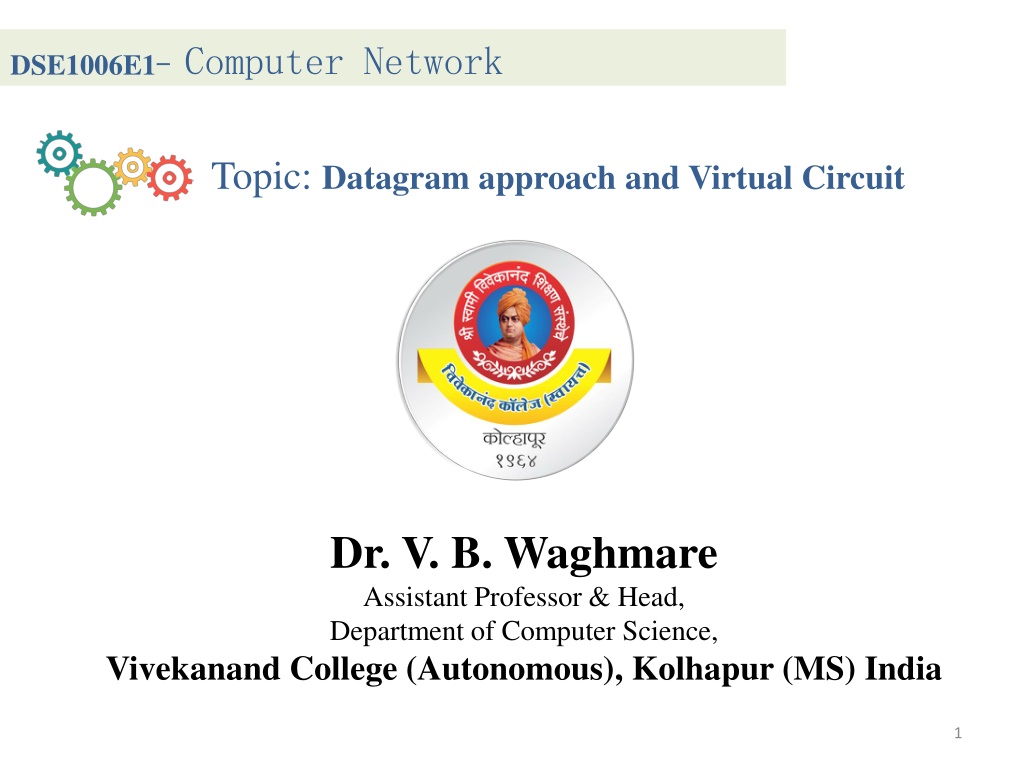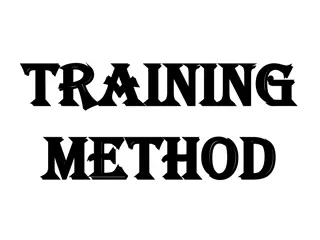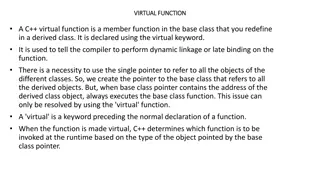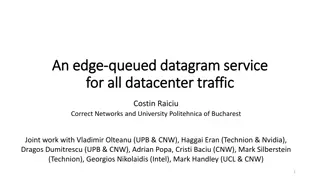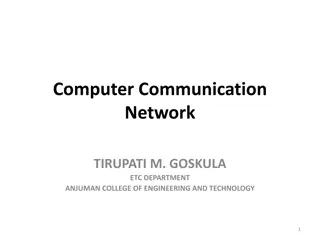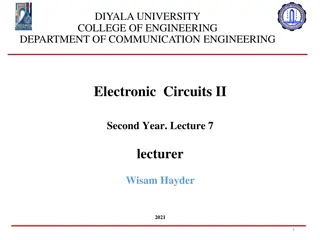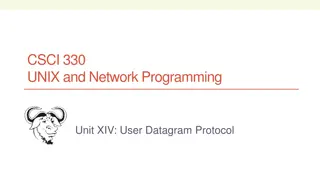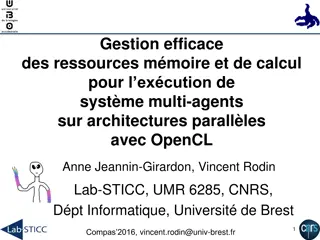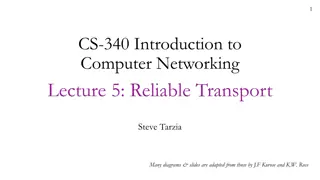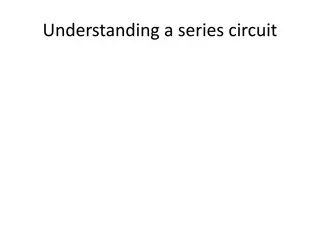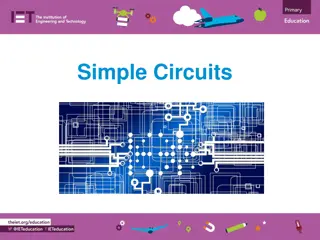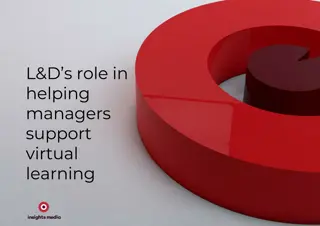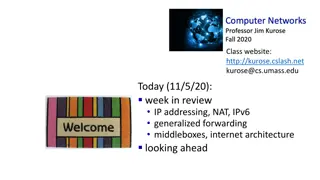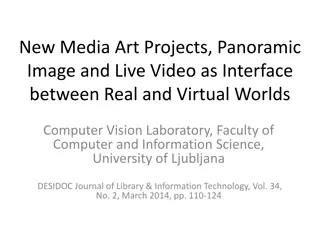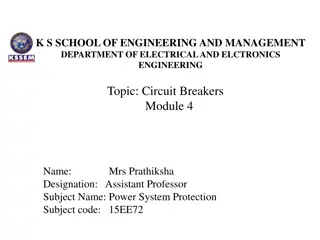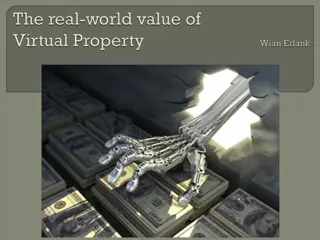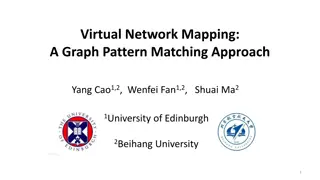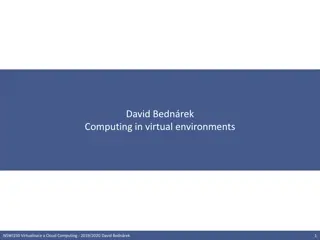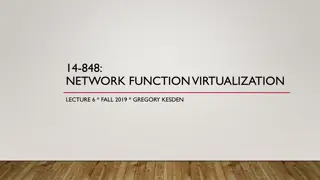Computer Network Topic: Datagram Approach and Virtual Circuit
In this session, Dr. V. B. Waghmare, Assistant Professor & Head of the Department of Computer Science at Vivekanand College, Kolhapur, India delves into the concepts of datagram approach and virtual circuits in computer networking, offering insights and knowledge to students and enthusiasts in the field.
Download Presentation

Please find below an Image/Link to download the presentation.
The content on the website is provided AS IS for your information and personal use only. It may not be sold, licensed, or shared on other websites without obtaining consent from the author. Download presentation by click this link. If you encounter any issues during the download, it is possible that the publisher has removed the file from their server.
E N D
Presentation Transcript
DSE1006E1- - Computer Network Topic: Datagram approach and Virtual Circuit Dr. V. B. Waghmare Assistant Professor & Head, Department of Computer Science, Vivekanand College (Autonomous), Kolhapur (MS) India 1
Datagram approach A packet-switching technology in which a packet exists is called a datagram. It is treated as a separate entity. Each packet includes data about the destination, and the switch helps this data forward the packet to the right destination. It is also known as connectionless switching. 2
Virtual Circuit Virtual Circuit is also referred to as connection-oriented switching. A fixed, consistent direction through the transmitter s network is settled in the virtual circuit method earlier any packets are transmitted. This direction remains constant for the session period. 3
Difference between Datagram and Virtual Circuit Datagram Approach There is no dedicated transmission path. There is a network responsible for individual packets. The route is established for each table. Virtual Circuit There is also no dedicated transmission path. There is a network responsible for packet sequences. The route is established for the entire conversation. It is suitable for longer data transmission. It is suitable for a few packets in data communication. There is no connection established. Datagram approaches are not dependable because the connectionless creates data packets that reach the destination. It is different from the order in which they were transmitted. It is frequently used in the IP network which can be used for data service such as the internet. The packets arrive at their intended destination in a multiple order in which they were transmitted. Connection is established. It provides a dependable communication function to provide that each group appears correctly and the sets remain in the original order in which they were transmitted. property It can be used by the ATM (Asynchronous Transfer Mode) Network, which can be used for mobile calls. The packets continually reach their destined destination in the similar order in which they were transmitted. 4
